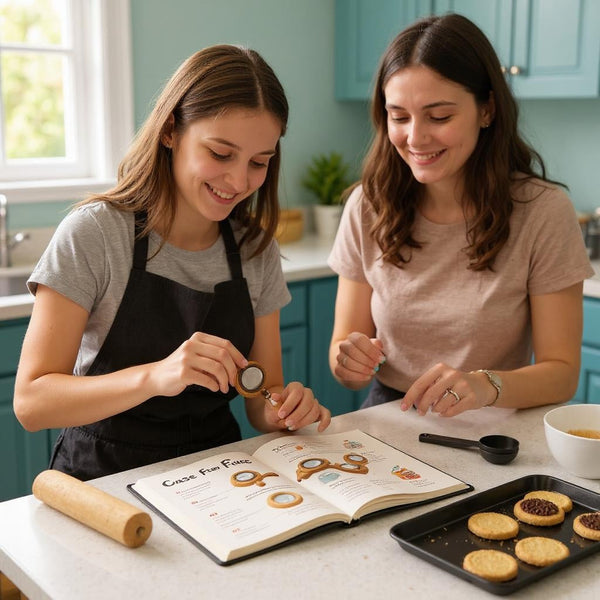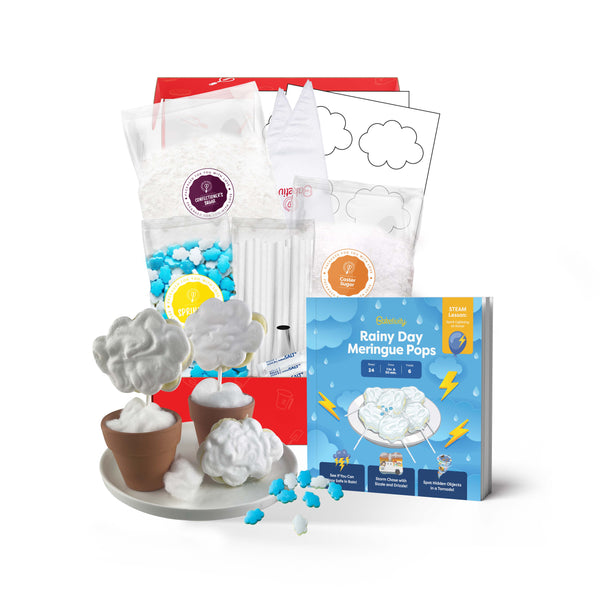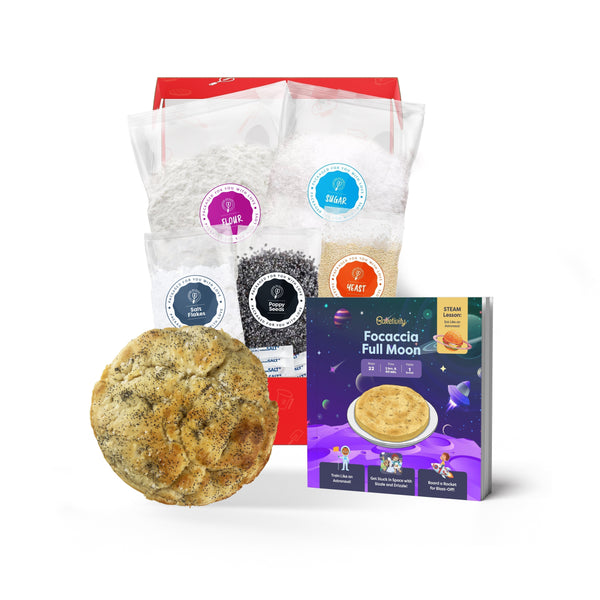Understanding Homeschooling in California
Before diving into the California homeschool curriculum options, let's take a closer look at homeschooling in California. As a parent, you have the right to educate your child at home, but it's important to understand the legal requirements involved. While we don't provide legal advice, we strongly recommend that you seek out the proper requirements from local education authorities or legal resources to ensure compliance with state regulations. This will help you navigate the homeschooling process with confidence and peace of mind.Benefits of Homeschooling in California
Homeschooling in California offers numerous benefits for both students and parents. One of the major advantages is the flexibility it provides. You have the freedom to customize your child's education based on their individual strengths, interests, and learning styles. This personalized approach allows for a more engaging and effective learning experience, as you can tailor the curriculum to match your child's unique needs. Another advantage of homeschooling is the opportunity for personalized attention. With smaller class sizes or even one-on-one instruction, you can focus on your child's specific learning needs and provide the support necessary for their academic growth. This individualized attention can help your child thrive academically and develop a love for learning. Homeschooling also allows for a more flexible schedule. You can create a daily routine that works best for your family, allowing for educational activities outside of traditional school hours. This flexibility can be particularly beneficial for families with diverse schedules or those who wish to incorporate extracurricular activities, field trips, or community service into their child's education. Furthermore, homeschooling provides a unique opportunity for parents to foster a strong bond with their children. By being actively involved in their education, you can build a close relationship with your child and create a nurturing learning environment. This involvement allows you to instill your values, beliefs, and life skills, while also fostering independence and critical thinking. In conclusion, homeschooling in California offers the freedom to tailor your child's education, comply with legal requirements, and enjoy the benefits of personalized attention and flexibility. Whether you choose to establish your private school or enroll in an established one, homeschooling can provide a rewarding educational experience for both you and your child. For more ideas and resources to enhance your homeschooling experience, check out the Baketivity homeschool program.Exploring Different Types of California Homeschool Curriculums
Now that you have a better understanding of homeschooling in California, let's dive deeper into the world of homeschool curriculum options. In addition to the traditional, online, and Montessori approaches, there are a plethora of other exciting and innovative choices available to homeschooling families.Unit Study California Homeschool Curriculum
Unit study curriculum takes a thematic approach to learning, where multiple subjects are integrated into a single topic or theme. For example, if your child is interested in dinosaurs, a unit study curriculum would explore not only the science of dinosaurs but also incorporate history by studying the period they lived in, language arts by reading books about dinosaurs, and even art by creating dinosaur-inspired artwork. This type of curriculum allows for a more holistic and immersive learning experience, as children can delve deeply into topics that capture their interest. It encourages critical thinking, creativity, and a love for learning by making connections across different subjects.Classical Homeschool Curriculum
Classical homeschool curriculum draws inspiration from the ancient Greeks and Romans, focusing on the trivium - a three-part approach to education. The trivium consists of the grammar stage, where children learn facts and basic skills; the logic stage, where they develop critical thinking and reasoning skills; and the rhetoric stage, where they learn to express themselves eloquently. This curriculum emphasizes the study of classical literature, Latin, and the great works of history, philosophy, and science. It aims to cultivate a deep understanding of the foundations of Western civilization and fosters a love for lifelong learning.Unschooling Homeschool Curriculum
For those who prefer a more flexible and child-led approach, unschooling curriculum offers a unique alternative. Unschooling is based on the belief that children are naturally curious and capable of directing their own learning. In an unschooling environment, there are no set lesson plans or formal curriculum. Instead, learning happens organically through everyday experiences, interests, and passions. Children have the freedom to explore their own interests, pursue their own projects, and learn at their own pace. This approach encourages self-motivation, independence, and a deep love for learning. It allows children to develop their own unique strengths and interests, fostering a sense of ownership and autonomy over their education. As you can see, the world of homeschool curriculum is rich and diverse, offering options to suit every family's needs and educational philosophy. Whether you choose a traditional, online, Montessori, unit study, classical, or unschooling approach, the key is to find a curriculum that aligns with your child's learning style, interests, and goals. Happy homeschooling!Choosing the Right Curriculum for Your Child
Now that you have a better understanding of the different curriculum options available, it's time to consider factors that will help you choose the right curriculum for your child.Assessing Your Child's Learning Style
Every child has a unique learning style. Some may thrive with visual materials, while others may learn better through auditory or kinesthetic methods. Consider your child's preferred learning style when selecting a curriculum to ensure it aligns with their strengths. Observing how your child learns best can help you determine if a California homeschool curriculum that emphasizes hands-on activities, interactive online lessons, or traditional textbooks would be most suitable.Considering Your Child's Interests and Strengths
When choosing a California homeschool curriculum, take into account your child's interests and strengths. Engaging them with subject matters they enjoy can foster a love for learning and increase their motivation. Consider your child's hobbies, passions, and areas of curiosity. Look for a curriculum that incorporates those interests or allows flexibility for exploration.Balancing Academic Rigor and Flexibility
Striking a balance between academic rigor and flexibility is crucial. Some children thrive in structured environments with clear guidelines and expectations. Others might need more flexibility to explore areas of interest or pursue extracurricular activities. Assess your child's academic abilities, motivation, and self-discipline. Finding a curriculum that provides the right level of challenge while also allowing for adaptability is key.Implementing Your Chosen Homeschool Curriculum
Once you have chosen the right curriculum, it's time to implement it effectively in your homeschooling journey.Setting Up Your Homeschool Environment
Creating a conducive learning environment is vital for homeschooling success. Designate a specific area in your home where your child can focus and engage in their schoolwork. Ensure your homeschool environment is free from distractions and equipped with the necessary materials and resources. Stock up on supplies such as textbooks, notebooks, art materials, and any specific tools required for the chosen curriculum.Creating a Daily Homeschool Schedule
Establishing a consistent schedule is key to maintaining focus and productivity in your homeschooling routine. Create a realistic daily schedule that accommodates both academic studies and breaks. Include time for physical activities, outdoor exploration, and social interactions to promote a well-rounded homeschooling experience. Remember to be flexible and adjust the schedule as needed to meet your child's changing needs.Tracking Progress and Assessment
Monitoring your child's progress is essential in homeschooling. Set up a system to track their achievements and assess their understanding of the curriculum. Consider using portfolios, regular assessments, or online platforms to record and evaluate your child's progress. This will help you identify areas that may require additional focus or adjustments to the curriculum. By understanding homeschooling in California, exploring different curriculum options, and considering your child's individual needs, you can make an informed decision and provide the best education possible. Remember to adapt and refine your approach as you progress on your homeschooling journey. Happy homeschooling!Enhance Your Homeschooling Experience with Baketivity
As you embark on the enriching journey of homeschooling in California, consider incorporating Baketivity's baking kits into your California homeschool curriculum for a delicious twist on learning. Our kits align perfectly with the values of creativity, education, and family bonding, providing a unique opportunity to blend life skills with academic growth. Join the Club today and discover how Baketivity can help create unforgettable learning experiences that go beyond the traditional classroom setting, one delightful recipe at a time.




